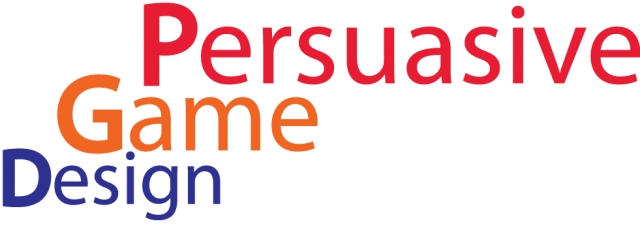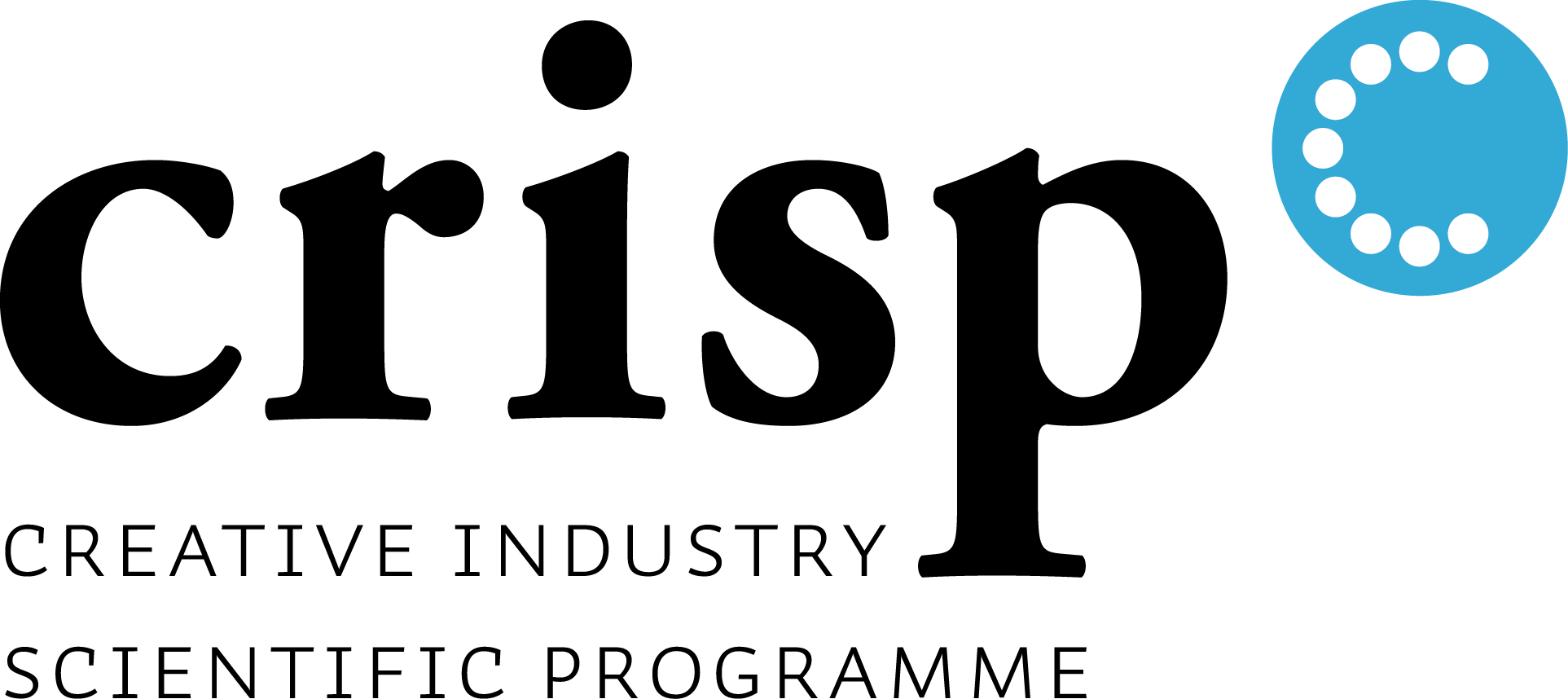 I work within the G-motiv as a Research Associate and I am involved in a design research project that is a part of a larger investigation into how game elements can be used as motivational triggers to stimulate Alzheimer patients physically and socially. My project, ‘What remains?’, uses co-design tools and turns these (during the engagement with participants in the project) into a service that remains after the designers leave. My main focus nowadays is designing through co-creation with the end users in order to address their real necessities.
I work within the G-motiv as a Research Associate and I am involved in a design research project that is a part of a larger investigation into how game elements can be used as motivational triggers to stimulate Alzheimer patients physically and socially. My project, ‘What remains?’, uses co-design tools and turns these (during the engagement with participants in the project) into a service that remains after the designers leave. My main focus nowadays is designing through co-creation with the end users in order to address their real necessities.
The severe health condition caused by Alzheimer’s disease wears away the ability to speak, move or even eat. The patients regress together with their memory, and past events become their present reality. In this project personal images are used as a game elements (story telling games) that generate positive behavioral changes (persuasion) in elderly affected by a severe stage of dementia and help the care system in developing personalized approaches. Personal pictures and photos of everyday objects were perceived by each patient as a translations of their thoughts. This approach was not only fundamental for the designers, stimulating interaction with the patients, but it also provided caretakers and the relatives with a new understanding of the reasons behind specific behaviors of the patient.
Persuasive gaming can play an important role for the future in order to support health care systems and behavioral changes. In particular, ‘What Remains?’ addresses a delicate topic – such as the one of elderly with Alzheimer – in a playful way, creating an experience of engagement and immersion which can bring benefits to the patients and people living close to them.
In this project I work with Careyn, a social enterprise dedicated to the health and welfare of older people and with Monobanda as my commercial partner.
text by Malgorzata Pawlak


